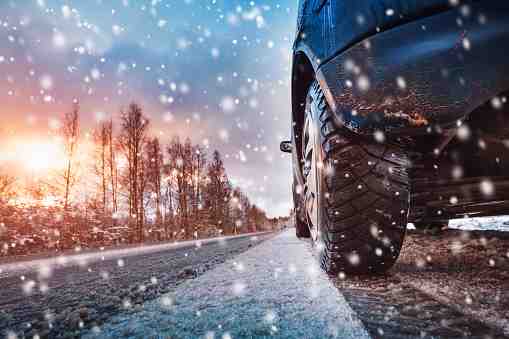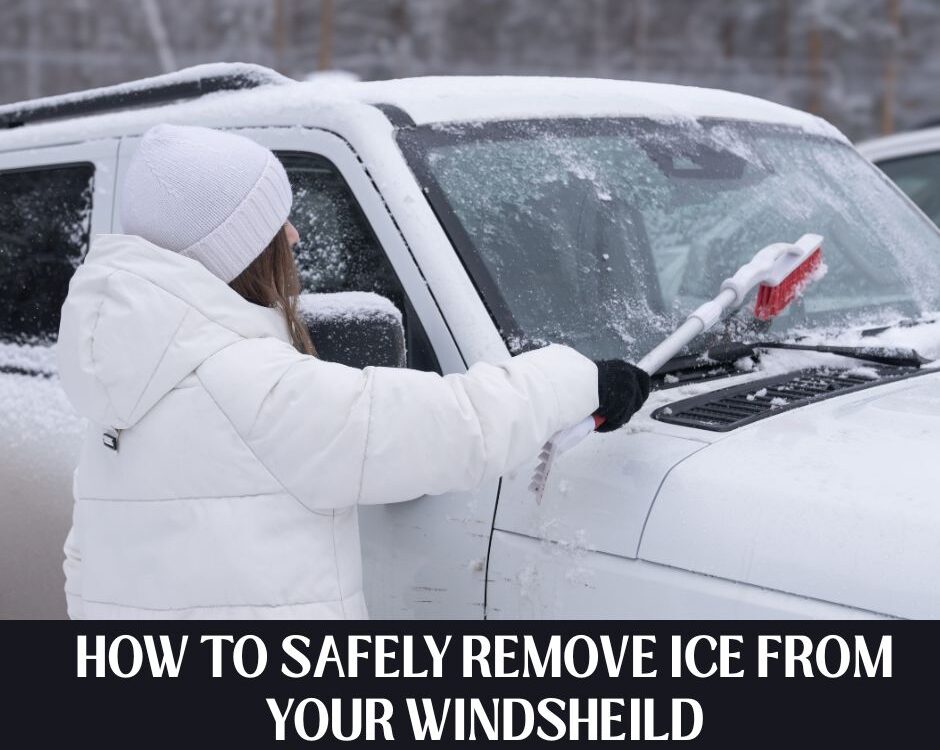Baby It’s Cold Outside..Winter Driving Safety Essential Tips

Tinnitus- Did You Hear That Too?
October 17, 2022
Turning Out The Pain
October 25, 2022Winter Driving and Car Safety
If you live in the south, this may not apply to you as much as for those of us who drive in wintery roads in the north. But there has been instances where Atlanta, Georgia has had snow storms and Charleston, South Carolina has had ice storms where the cities were basically shut down, since they did not have the equipment to handle winter weather.
You might have heard the term Winterize the Car, but what does that mean? This is when the tires and belts and fluids are checked and topped off. The windshield wipers are changed out if needed. There is nothing more frustrating or hazardous than the wipers not scrapping the ice and snow off the windshield while driving.
Colder weather deflates tires so inflate tires to their correct PSI level. Use a penny to check the tire treads. Place the penny with Lincoln’s head upside down between the treads. If his head disappears, the tread is good, but if you can see the entire head, new tires are recommended. Check coolant (antifreeze) and washer fluids to make sure they are rated for the winter temperature.
If the roads are snow or ice covered, keep at least 6 seconds behind the vehicle in front of you and drive slow. Even if the road looks dry, there is a potential for black ice. Do not use cruise control. Start braking earlier since it takes longer to stop, and use steady pressure; avoid slamming on the brakes. If you feel your car sliding, turn your wheel into the direction of the slide.
If you are traveling, let someone know of your plans and the route that you will be taking. If your vehicle gets stuck, stay with your vehicle. Tie a bright or red cloth to the vehicle’s antenna or the top of the vehicle. Clear out the exhaust pipe. Turn on the vehicle periodically to warm the vehicle but conserve fuel as much as you can. Call for help. If the call cannot connect, try texting. Sometimes text messages will go through when calls cannot. Bundle up with extra clothes and blankets. If nothing else, use floor mats to cover up.
What you should keep in your vehicle during the winter: Ice scrapper and brush, small snow shovel, a bag or two of non-clumping cat litter. If you get stuck, use the snow shovel to dig out the snow and cat litter for traction. A first aid kit should always be kept in the vehicle. Pack some extra blankets. Keep a fully charged portable battery bank to keep your cellphone charged. Keep extra water in the vehicle but if the temperature falls below freezing, bring it in the house for the night.
What you should keep in your winter emergency bag: extra clothes and socks; extra gloves, hat and scarves; Hand warmers; Mylar blanket; Extra food-protein bars, peanut M&M’s and jerky; Duct tape and Sharpie; $1 rain ponchos; flashlight and a small first aid kit.
If you do not feel comfortable driving in the snow and ice, stay off of the roads. If possible, take public transportation or have others drive you. Stay safe out there.
– Article written by Chandra Cunningham, DC one of the members of Chambers Medical Group’s team of car accident chiropractors who offer a variety of treatments and therapies ranging from diagnostic testing to various soft tissue therapies for car accidents and injuries in Kentucky.
If you or somebody you know has been in a car accident, be sure that you seek medical attention from a car accident doctor or car accident chiropractor to treat your injuries. Visit Chambers Medical Group to receive world-class medical treatment for your injuries.
Chambers Medical Group has car accident medical clinics in the following locations:
- Car Accident Medical Clinic in Tampa
- Car Accident Medical Clinic in Plant City
- Car Accident Medical Clinic in Brandon
- Car Accident Medical Clinic in Lakeland
- Car Accident Medical Clinic in Sarasota
- Car Accident Medical Clinic in Louisville
- Car Accident Medical Clinic in Lexington
- Car Accident Medical Clinic in Florence




